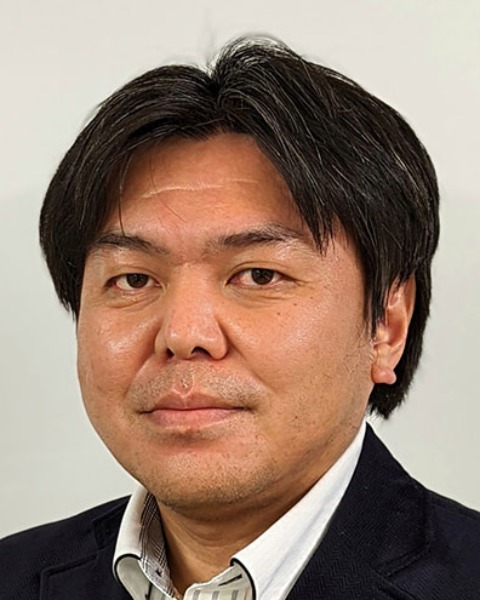2025 AOCS Posters
Industrial Oil Products
Exploration of Low-Cost Electrode Materials for Practical Application of a new Soapstock Waste Utilization Process in Oil Refining
- YK
Yukino Kawamoto, Master
graduated student
Tohoku University
Sendai-Shi, Japan 
Kousuke Hiromori, PhD (he/him/his)
Assistant professor
Tohoku University
Sendai, Miyagi, Japan
Atsushi Takahashi, PhD (he/him/his)
Associate professor
Tohoku University
Sendai, Miyagi, Japan- NS
Naomi Shibasaki-Kitakawa
Professor
Tohoku University, Japan
Presenting Author(s)
Co-Author(s)
The deacidification step in vegetable oil refining results in a substantial by-product known as soapstock. This byproduct is a highly concentrated aqueous soap solution in which fatty acids are neutralized with sodium hydroxide, imposing a significant disposal burden. Therefore, there is a pressing need to develop technology that effectively utilizes soapstock as a valuable resource. We have proposed a new method that simultaneously achieves dimerized hydrocarbon synthesis and sodium hydroxide regeneration by the Kolbe electrolysis of soapstock (Hiromori et al., JCEJ, 57, 2332621, 2024). To enhance the feasibility of this method, it is essential to explore low-cost and highly stable electrode materials as alternatives to expensive platinum (Pt), which is the conventional electrode material.
In this study, electrolysis experiments were conducted using a model soapstock system, sodium octanoate, to evaluate practical electrode materials. Their activity and stability were then compared to those of conventional Pt electrodes. Cathode and anode materials were evaluated separately, with Pt serving as the counter electrode in each experiment. As cathode materials, stainless steel (SUS), titanium, and nickel were examined, each demonstrating the ability to produce the desired products as effectively as Pt. Therefore, SUS, being the lowest-cost option, is considered desirable. For the anode materials, copper (Cu), graphite (G) and boron-doped diamond (BDD) were evaluated. Desired products were obtained only with G and BDD. However, in the case of G, oxidative degradation of the electrode proceeded, resulting in decreased conductivity during the reaction. On the other hand, BDD maintained constant conductivity, making it the preferable choice. Based on these findings, a combination of SUS and BDD is expected to provide a cost-effective alternative to Pt.

.png)